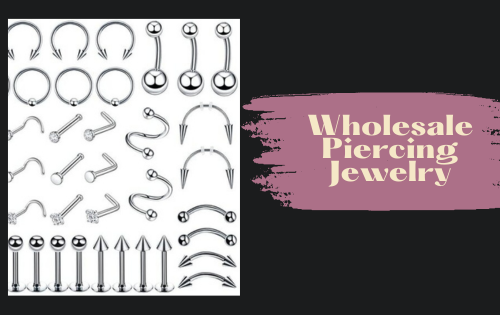
Bringing Your Invention Idea to Life: Steps and Patent Services
The transformative moment from idea to invention can seem like a daunting task for any aspiring inventor. How do I start my invention idea? This question often lingers in the minds of many creative thinkers. Let’s see what are the basics of inventing, from patent searches to prototyping.
Refine Your Idea
The very first step for any invention is to have a well-defined and refined idea. To start with, clearly identify the problem your invention is trying to solve or the gap it aims to fill in the market. Developing a detailed description of your invention, including all its features and way it works, is paramount. This can include sketches, diagrams, and comprehensive notes that support the idea.
Conduct Market Research
Before diving into the patenting process, it is crucial to assess the commercial potential of your invention. Begin by identifying your target market—understand the demographics, preferences, and habits of potential consumers. Investigate the market to find similar products and assess how your invention differentiates itself from existing solutions.
Create a Prototype
A prototype serves as a three-dimensional proof-of-concept, whether functional or not, that demonstrates the design and functionality of your invention. Creating a prototype involves using digital tools to build a virtual model or actually making a physical model.

Protect Your Invention with a Patent
To secure exclusive rights to your invention and prevent others from profiting off your idea, obtaining a patent is critical. Start by conducting a thorough patent search to ensure your invention is unique and not yet patented. Next, submit a detailed patent application to the patent office that includes all necessary specifications, claims, and an abstract.
Getting Professional Help
Navigating the world of patents can be challenging and intricate. This is when patent agencies, such as InventHelp, come to the rescue with their expertise in patent services such as patent searches, application assistance, and legal advice. They can help conduct exhaustive patent searches to verify the uniqueness of your invention. They also provide support in drafting and filing patent applications accurately and efficiently. Furthermore, patent agencies usually collaborate with patent attorneys to offer essential legal advice and representation when needed.
In Conclusion
Inventors should remember that invention is an iterative process, requiring patience, resourcefulness, and creativity. Following a clear plan and seeking reliable support from patent services will go a long way in successfully bringing your invention idea to life.
You May Also Like

The Evolution of Wholesale Body Piercing Jewelry
April 27, 2023
Can You Have Two Dogs on Halo Collar?
June 11, 2023

